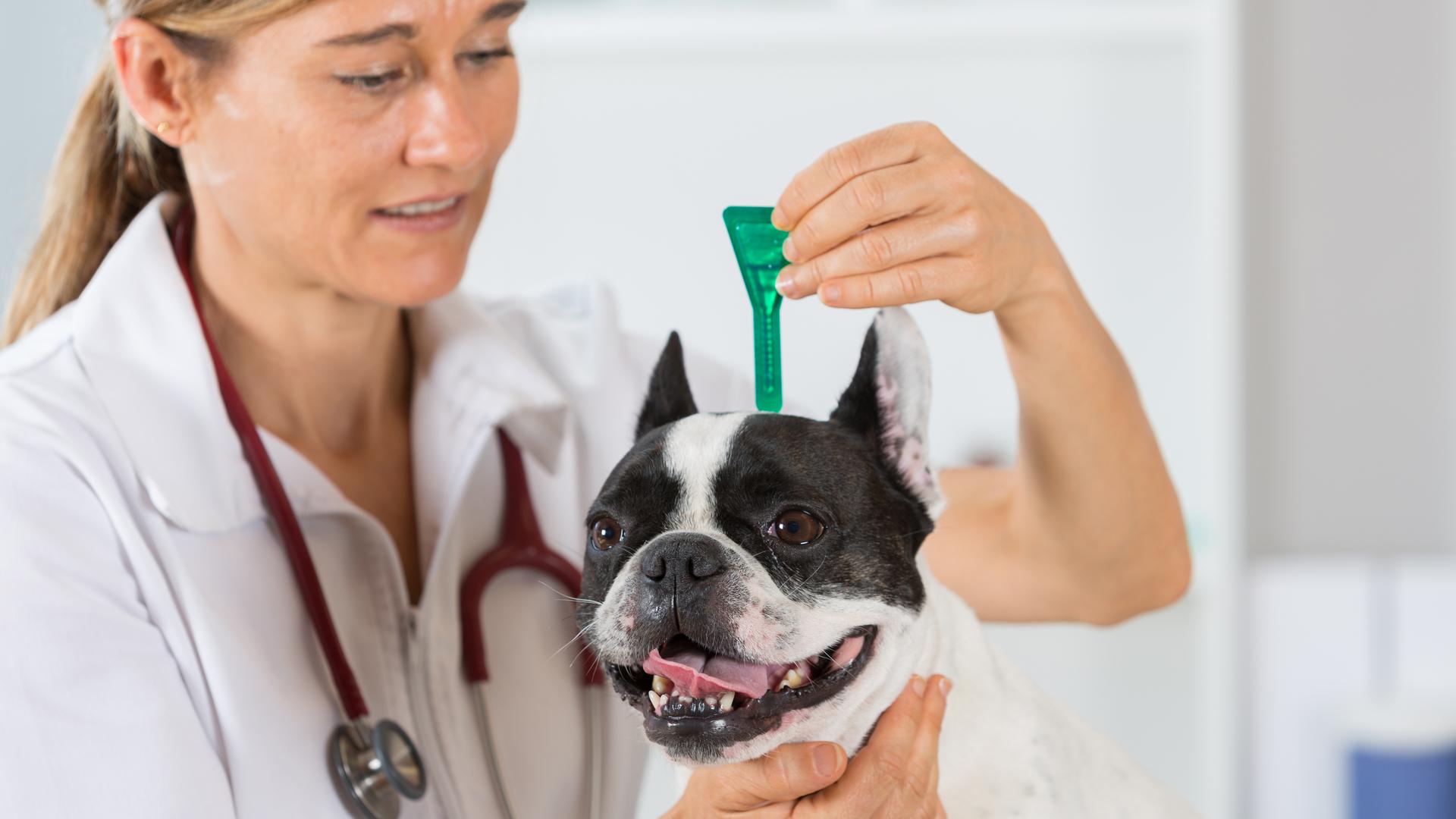Leishmaniasis Treatment: An Overview

Leishmaniasis is a parasitic infection caused by protozoa of the genus Leishmania. It is transmitted by the bite of infected female sandflies. If left untreated, it can cause severe damage to skin, mucous membranes, and even internal organs. In this article, we will discuss in detail the various treatment options available for leishmaniasis.
Types of Leishmaniasis
Leishmaniasis exists in three main clinical forms - cutaneous leishmaniasis, mucocutaneous leishmaniasis, and visceral leishmaniasis. The treatment prescribed depends on the type of leishmaniasis.
Cutaneous Leishmaniasis
Cutaneous Leishmaniasis causes skin lesions, usually on exposed parts of the body. It is the most common form. For mild to moderate cases of cutaneous leishmaniasis, topical treatments like paromomycin ointment or thermotherapy are prescribed. Thermotherapy involves applying heat to the skin lesions to kill the parasites. For severe cases, systemic drugs like miltefosine, pentamidine or amphotericin B injections are given. The lesions usually heal within months with scars remaining.
Mucocutaneous Leishmaniasis
Mucocutaneous leishmaniasis affects the skin as well as mucous membranes in the nose, mouth and throat. It requires strong oral drugs like miltefosine, pentamidine or liposomal amphotericin B. Treatment lasts for 3-6 months. Surgery may sometimes be needed to repair damaged tissues. Complete healing takes 6-12 months but disfigurement often remains.
Visceral Leishmaniasis
Visceral leishmaniasis affects internal organs like liver, spleen and bone marrow. It is the most serious form and can be fatal if left untreated. The treatment of choice is liposomal amphotericin B given via IV daily for 1-2 weeks. In some cases, miltefosine is also prescribed for 4-6 weeks. Pentavalent antimonials like sodium stibogluconate were previously used but resistance has increased. Complete cure rate with treatment is over 95% with no risk of relapse.
Route of Drug Administration
The route of administration of drugs depends on the disease severity and form. For cutaneous leishmaniasis, topical drugs are sufficient in many cases. Systemic drugs are administered orally in cases of mucocutaneous and visceral leishmaniasis. Parenteral drugs like amphotericin B are reserved for severe, unresponsive cases or visceral leishmaniasis due to better bioavailability. Oral drugs have the benefit of convenience but require longer treatment durations. Injectable drugs may cause side effects like fever, chills, nephrotoxicity but produce faster cure rates.
Alternative Treatment Options
Some alternative or supplementary treatment options tried for leishmaniasis include:
- Photodynamic Therapy: Application of light activated drug on skin lesions after drug administration to kill parasites. Shows promise but requires more research.
- Immunotherapy: Use of vaccines with recombinant leishmania proteins to boost immune response against parasites. Under preliminary investigation.
- Herbal Medicines: Traditional medicines containing constituents like meglumine antimoniate, curcumin, artemisinin shown to have anti-leishmanial properties. Need clinical validation.
- Combination Therapies: Using two drugs together at a lower dose to increase effectiveness and prevent resistance. Some studies show better cure with miltefosine + paromomycin combination.
Prognosis and Prevention
With prompt diagnosis and complete treatment, around 95% of leishmaniasis patients experience full cure without relapse. Some disfiguration or scarring often remains at the site of cutaneous lesions despite healing. Visceral leishmaniasis can be life-threatening if untreated. Prevention involves protecting against sandfly bites through use of insect repellents, staying indoors during their active periods from dusk to dawn. Reducing breeding of sandflies near houses also provides protection. A vaccine is still under research but would provide the best prevention against this neglected tropical disease.
In summary, leishmaniasis though endemic in many developing countries can be successfully treated with various drugs. Choosing the right treatment based on disease form and severity is important for achieving optimal cure rates and preventing complications or relapse. More research on new drug targets and vaccines may help reduce the disease burden on public health in future.
Get more insights on Leishmaniasis Treatment
- Art
- Causes
- Crafts
- Dance
- Drinks
- Film
- Fitness
- Food
- Games
- Gardening
- Health
- Home
- Literature
- Music
- Networking
- Other
- Party
- Religion
- Shopping
- Sports
- Theater
- Wellness
- IT, Cloud, Software and Technology


